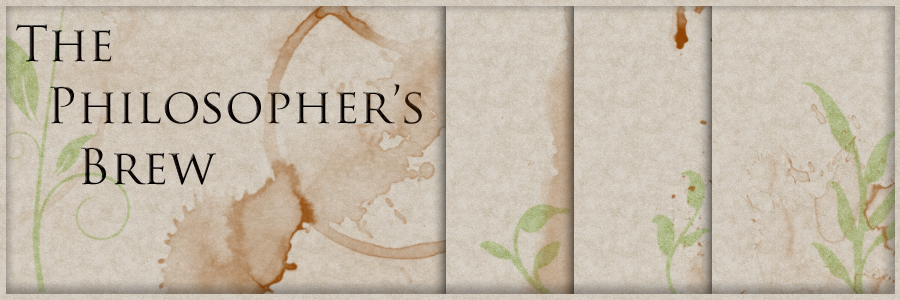I am about to turn 42 and finding myself at a low point in my life I realise that I have been there for a very long time now, and in that time I’ve shut down and somewhat isolated myself – it has happened before. I need to start clawing my way back to life, seeing if I can salvage friendships, and perhaps find ways to recover some interest in a world that I just can’t seem to feel a part of anymore.
Strange then that I should find myself entering the blogosphere, a world of networked vanities, where everyone has something to say that they feel to be worth sharing with everyone else. Strange because I don’t really have anything to offer and I long surrendered my remaining ambitions in the interest of survival. It is an unambitious blog then, one without lofty aims on any level, and written for my own amusement rather than yours, whoever you are.
So, I am presenting the world with yet another blog about tea (mostly) – as if the great and vast interweb wasn’t already saturated with them. But perhaps you may find value in my perspective and approach. I’m not interested in ceremony or pretence and personally find rather too much fakery and showiness in what passes for tea culture these days. So much of it rings to me of a modern orientalism which I would prefer to distance myself from.
Take, for example, what is being called the Chinese Tea Ceremony – you’ll find it all over the internet with some elaborate displays and demonstrations on You Tube.
More than twenty years ago, when I was discovering Chinese teas, I was told how to make tea in different ways. One of these, which I now know as gongfu, is rather involved but will help you get the best out of your leaves. The heavily formalised manner and ceremonial pretence we see in this method now is, it seems to me, new; the synthesis of a practical method and romantic fabrication – the sort of thing you might expect a crafty publicist to come up with as part of a marketing strategy.
And let’s not forget the strange snobbery of ‘authenticity’. Honestly, you’d think that all China spends half its day making tea in elaborate tea sets of delicate clay tea ware. Really?
The best reason to use a gongfu tray is to save mess (and I am messy), and the best reason to use a brewing cup (a gaiwan) is that it is easy. Authenticity doesn’t enter into it. In real life, folk don’t weigh out their tea precisely before every brew, they don’t time how long each steeping is unless they have the time and inclination to do so, and they won’t have a dozen little teapots for every type of tea they might drink. If they use a gaiwan, they might well not even pour the tea into another vessel – they can drink right from the cup itself! They might even just put a few leaves into a glass, fill it with water, drink directly from that and top up the water throughout the day.
I’m not saying that full gongfu sets are never used, nor that there aren’t times when all that care and precision isn’t employed, only that China is not any different from the rest of the world in not having time for all of that all of the time and has the same need for other means to make tea – compromises to real life. Think of the full British tea service: of warming the pot, how many teaspoons of leaves, milk first or tea first, lemon or cream, and annoying little cucumber sandwiches with no crust. (Although, dammit, I like the annoying little cucumber sandwiches with no crust!) When many people in other countries think of English tea, that’s what they think of – and certainly not of the usual teabag in a mug with too much milk and sugar to be healthy.
In fact, whatever country you go to, you’ll find many, many ways of making tea. Ask five tea drinkers from the same town the right way to make tea and you will receive five different answers for your trouble. Tea drinkers are as varied and as prolific with their truths as philosophers. None of them is right, none of them is wrong. There is just preference sometimes tempered by convenience.
While this will be a personal blog, the bulk of it will consist of reviews and experiences of tea. You will notice that one of the page headings reads: Handbook – over time, as I add to the blog, so I shall build a handbook to the subject. It won’t be anything overly extensive or authoritative but it may become something useful and then I shall compile it into an ebook for free download. You will also note the heading: Card Games. I happen to enjoy a family of games played with the tarot pack (and tarot cards were created for games – not fortune telling, nor anything occult) and will gradually create a guide to my favourites here.
If this blog does indeed find a readership, then it is my hope that you find something of use and discover something of pleasure.

